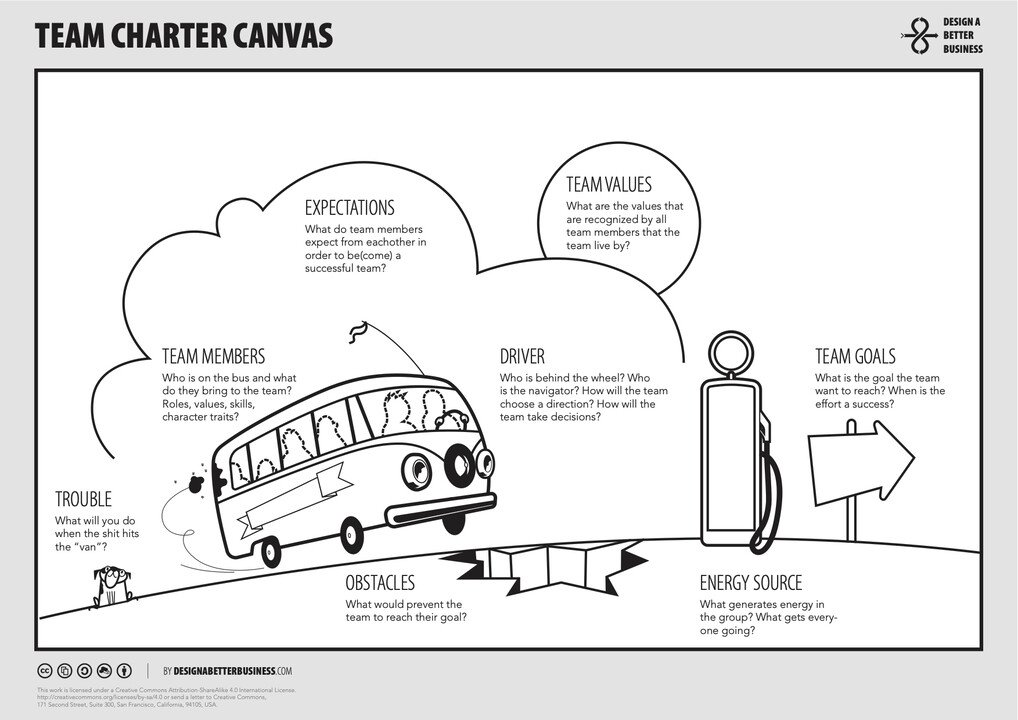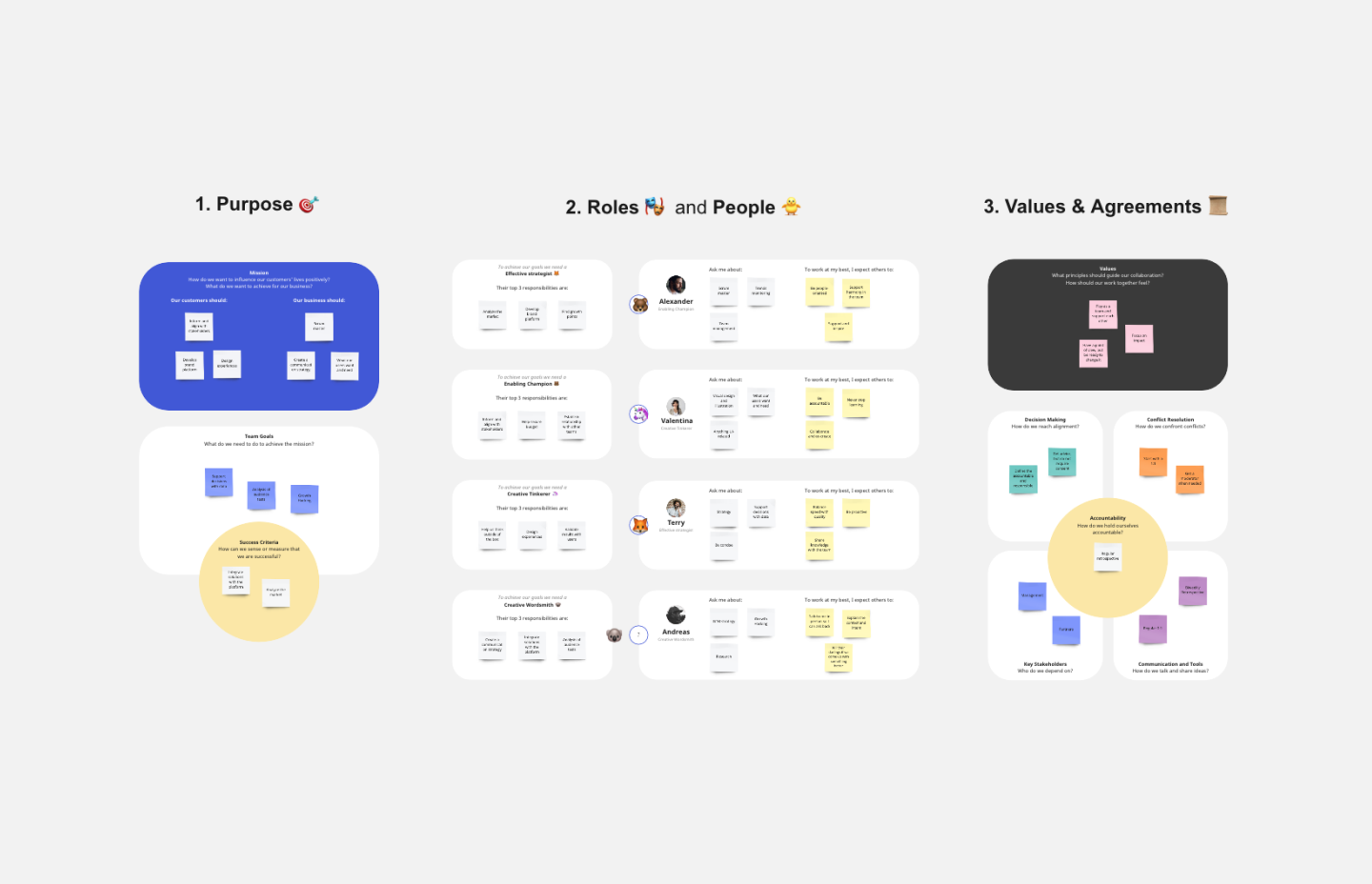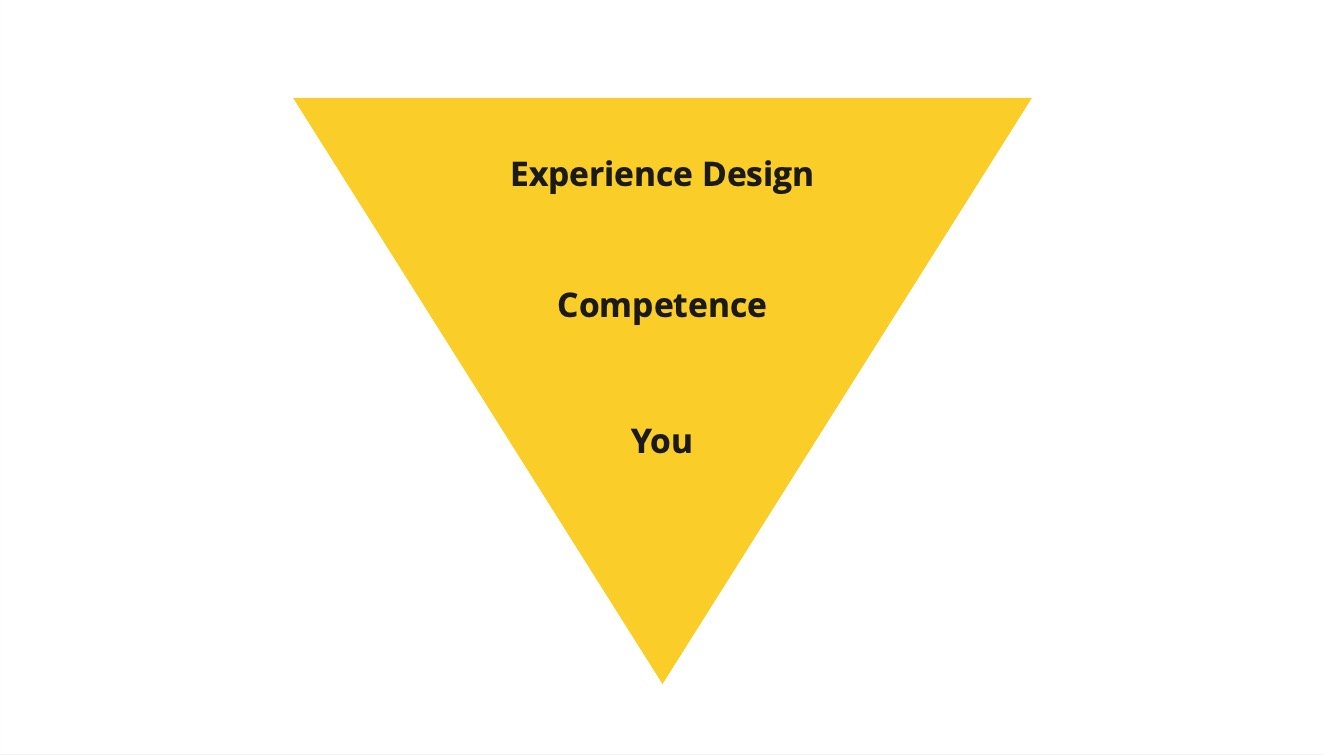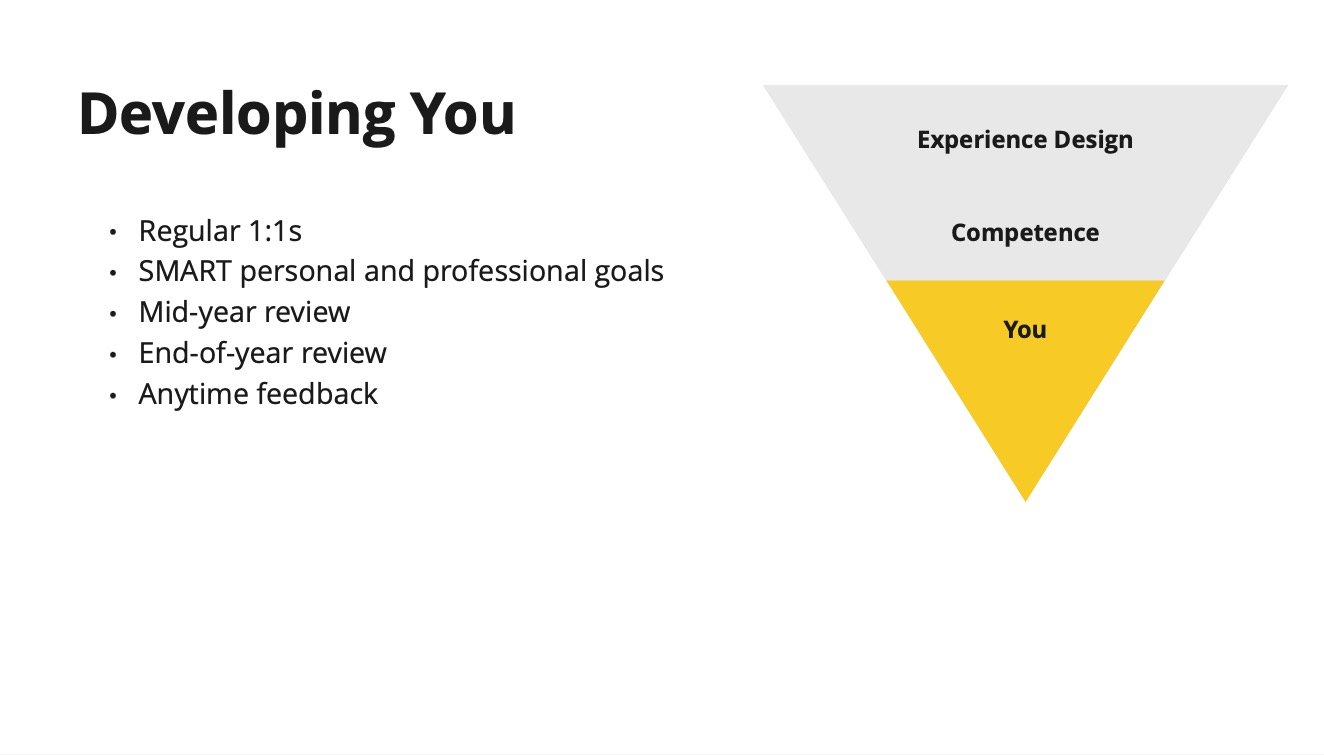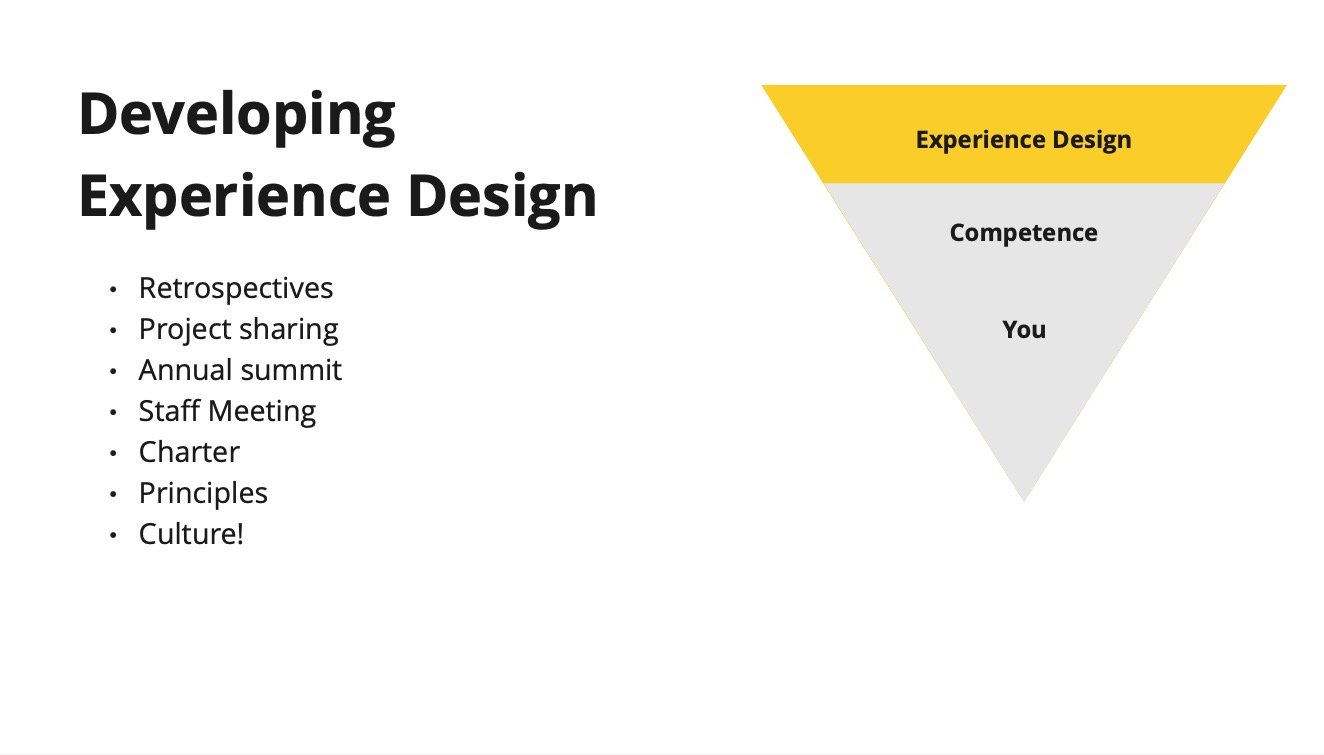Figure out who you are as a team
Whether I’m building a team from scratch or performing maintenance as members come and go, I’ve found it so important to prioritize exercises that help us co-create our identity as a team.
So often, teams just sort of…exist. There’s not a lot invested in what those teams stand for, how they determine success for themselves and measure that success. To say nothing of how they might best work with each other, overcome conflict, hold each other accountable, and manage upward relationships. The relationship part is so key. And so often sacrificed.
God forbid we figure out how to work with each other before we start working with each other.
Is it any wonder that tensions rise? Ever get to the end of a particularly grueling project and find teammates ready to kill each other? How much time did that team spend understanding each other before jumping into the challenge?
Let’s dig into this further.
All teams are different. Embrace it.
It doesn’t matter how long you’ve been at it, every team has a different dynamic. It’s not about trying to force that team to behave like others you’ve led or served on, it’s about recognizing what’s special about this collection of people and how to guide them to their best. And how to help them when they experience their worst. We all have good days and bad. Having teammates who recognize what energizes you and what saps that energy can make all the difference.
Team charter exercises are so good for this. They come in a bunch of flavors, but all aim to do similar things—help you figure out who you are together and who you aspire to be as a team.
Generally, charters are co-creative exercises that explore a few key areas:
Purpose
Mission
Goals
Success measures
Profiles and responsibilities
Core values
Decision making
Conflict resolution
Key stakeholders
Communication and tools
Accountability
There are a couple of templates for this that I like to use:
A team is made up of individuals. This is a strength! Invite challenge!
Everybody is different. That’s the best thing about being on a team. You strengthen each other with your differences and inspire growth. If everyone were just like you, you’d be missing out.
When you recognize that each person brings something different to the team and to a given challenge, the opportunities are all over the place for how to aid them reaching their potential and how to facilitate their working together.
Sometimes it’s as simple as working with a person to understand what gives them energy and what takes it away. Sometimes it’s about imagining a future together where that individual has achieved all they mean to and then helping them explore the paths that might lead there. Sometimes it’s about uncovering their superpower.
There are tons of ways to do this. Choose the method that works best for your team. I prefer SYPartners’ superpowers exercise. It helps you uncover what your strengths are and what the dark sides of those strengths can be in a low stress, fun approach. Sometimes the more serious exercises create stress on a team or discomfort if they don’t yet have each others’ trust.
You might find the differences in a team’s dynamics challenging. Good! You can always grow to be better and you need other people to inspire that growth. You could throw your hands up where you struggle to get through to a teammate or you could invest in learning their language so that you might do more together.
SYPartners Superpowers
Seek to understand context
That teammate who drives you nuts? Don’t be so quick to assume they’re out to get you or that they’re only out for themselves.
Different teams are held to different measures, are under different pressures, experience different sorts of tensions and frustrations. And while all of us might be different, acknowledging that difference can bring you closer together. Failing to see it could tear you further apart.
You’re working together. Work rarely comes without pressure. Try to assume good intent and give some grace as your teammates work out how they handle stressful situations. Maybe they could use your help and your feedback. Maybe they could use space to process on their own.
Remember that teams are made up of people
Sure, you’re all here to work. There’s always a project or a problem or a great, big mystery that your team’s embarking on. And there’s always some goal and some set of measures you need to be cognizant of. But you can’t forget to be people together. Set some time to have fun, to talk about anything that isn’t work, to share the things that interest you (or drive you crazy).
This can be easier said than done. It’s not always the easiest to let your guard down around your co-workers. Especially if you’ve spent any time in some of the more toxic cultures the corporate world has to offer. Not everyone’s out to stab you in the neck in order to advance, but it’s hard to shake that instinct once it’s formed. With a little practice, hopefully you and your team will find themselves wanting more. Then the challenge becomes making sure you can consistently offer opportunities to take a break from the daily grind and do things together. Go play JackBox games or, my personal favorite, do a visual autobiography exercise with your teammates.
My last visual autobiography
Keep the learning train going
Teams being made up of people means that they’re always growing and changing. While that can seem intimidating as a team leader to keep your arms around all of that transition, it also means endless opportunities to learn.
Make sure that you create regular opportunities for the team to look inward and outward—an investment in continuous learning and improvement. Those who know me know that I’m very fond of retrospective culture (checking in at regular intervals along the lines of: what went well, what challenged us, what puzzled us, what should we try next) and very opposed to things like postmortems (Let’s wait until the tail end to reflect on everything and maybe kill each other in the process). I often preach that “design is the journey” and reflecting on how things are going, while they’re going, and determining what to try next is a critical piece of that journey you’re on. And it can meaningfully change the destination you’re working toward. Work with your team to figure out how often you should do this and in what way. This approach works well for organizational teams and project teams, but don’t forget that learning can and should happen at the individual level.
Basic retrospective template
Managing the flow of the mighty river that is your team needs to be done at macro and micro levels. Each member of your team needs attention on their own. They each have different styles, different ambitions, and different ideas. These unique dimensions make up the fabric of your overall team dynamic and you can’t let any of that drop. Set goals with them, check in with them, find opportunities to connect them with each other and with opportunities that will push and shape them. Don’t be afraid to point them at other teams and other leaders to fill the gaps that you might not be able to. Create the space they need and protect it.
Here’s a look at how we’re doing this with Experience Design at Talkiatry
Team leaders need to keep learning and growing too. Leaders need to ensure that they’re being the best they can be for their team so that that team can remain effective and continue reaching for higher heights. You haven’t been everywhere and done everything. Trust me.
